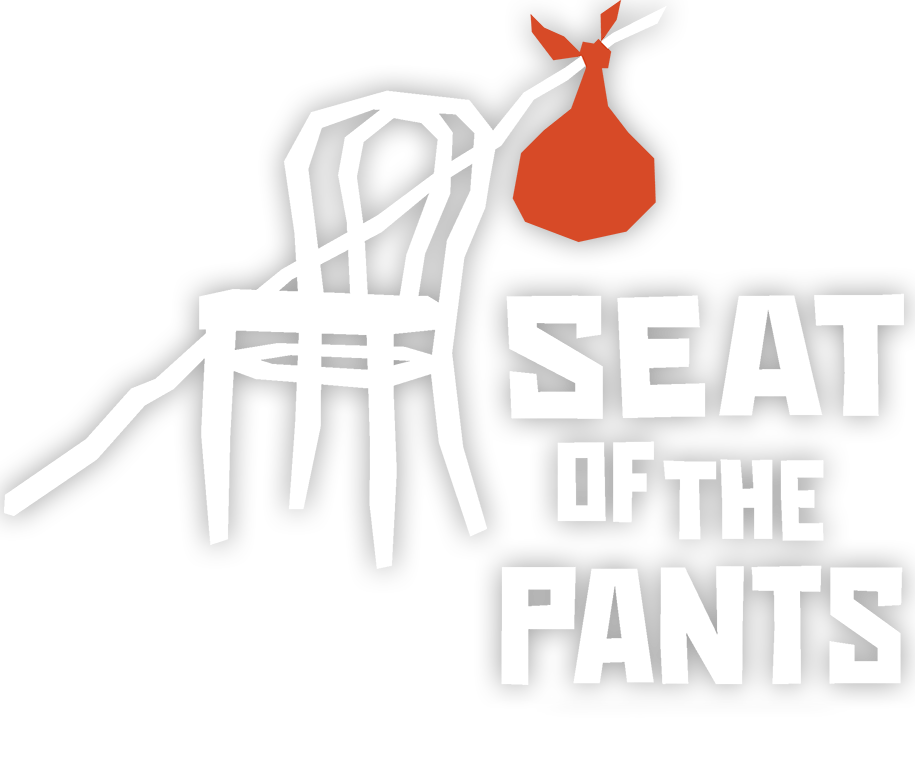THE OPEN REHEARSAL POLICY [THEN & NOW]
We joke a lot at SOTP that a lot of what we do in our process work could very possibly pass as ritualistic cult behavior. WE SWEAR IT’S NOT…probably.
There’s one thing every good cult needs, and coincidentally it’s also the way you can decide for yourself whether or not it even is a cult, and that’s having you in attendance at the next ritual- I mean rehearsal.
In all seriousness, we’re super proud of our process work, but we know it can be hard to digest or follow what that means in a brief snapshot posted to social media. Well, if you’ve been curious while also scratching your head and/or rolling your eyes when “process” is mentioned in our stuff, we have good news for you:
SOTP has a standing offer that our rehearsal processes are open to attend.
The beauty of process is that it’s best witnessed out loud, on its feet, and in -person. It’s surely possible to talk about all of the many tools and exercises a cast explores, but it’s still shy of experiencing what it’s like to be in space while the work is happening.
Unlike a cult, there’s no spiritual or hierarchical mystery to our process work. It just happens to be that the passionate aspect of our theatre making - process - takes time to develop and understand. We’d love for you to join us if you have interest. Anyone is welcome to reach out to us via the website, OR if you check out our ensemble member page, please don’t hesitate to reach out and share a bit of what peaks your interest with someone you may know. There may be the occasional rehearsal where we’re covering some sensitive (non-cult) material that isn’t ideal for new spectators. (This would include stage intimacy sessions and first takes on culturally or personally sensitive subjects covered in the play.) If you’re curious about how script analysis looks or how a specific tool works (psychological gesture, tableaux, etc.), we can make sure you’re sitting in on something suited to those interests.
Much like our workshops, it’s important to us that what we do is accessible. If there is a desire to learn or an interest in what a different kind of rehearsal process might look like, we’d love to have you. It’s been invaluable experience getting to dialogue with artists and patrons who are outside of the process in how they see it effecting the work.
How We’ve Used the Open Rehearsal Model So Far
When SOTP was embarking on its ten-month rehearsal journey for Our Country’s Good, the open rehearsal process began as a safe way to introduce small groups of people who had been denied experiencing any kind of theatre during the pandemic. Seats would be scattered into the corners to ensure safe distancing practices were observed. Typically 4-8 spectators would be brought in, seated, and the rehearsal would begin. It’s like attending spring training for less sport-ball-inclined. Being able to share in the creative space and observe the impact of process work can have on storytelling in real time was a big game changer for SOTP. New and long-standing patrons of the company came to visit while the cast worked in a brisk studio classroom. Some individuals who were first introduced to SOTP by observing these open rehearsals are now ensemble members themselves. (Crap, does that sound culty again?) This proved to be a meaningful opportunity for the cast and the spectators who had largely gone without theatrical work or exposure for a long time, and this provided a space to safely dipping a toe into the creative pool.
Now, being a smaller non-profit, ensemble-based company, we knew that gala events weren’t quite on-brand for us. This year we’ve been exploring hosting a sort of meet&greet open rehearsal with refreshments to act as our in-process gala substitutes: taking an opportunity to bring artists, patrons, and newcomers into the rehearsal space and witness how the process shapes the work we build. Over the course of the year we’re going to host four of these meet&greet style open rehearsals and share a different part of the process with our guests at each iteration. For Grand Concourse we had a fantastically generous turnout of nearly forty people join us in the rehearsal space to watch the very first run of Act 1. For Amerikin, we’re bringing our guests in much earlier in the process, showcasing how we use the different tools to deepen our exploration of scene work. Later in the season we’ll bring in guests to see a tech/dress rehearsal and a rehearsal for one of our Salon Series readings.
All this to say, we’re open and we’d love to have you join us.
(But you’ll have to bring your own candles…kidding. Probably.)


